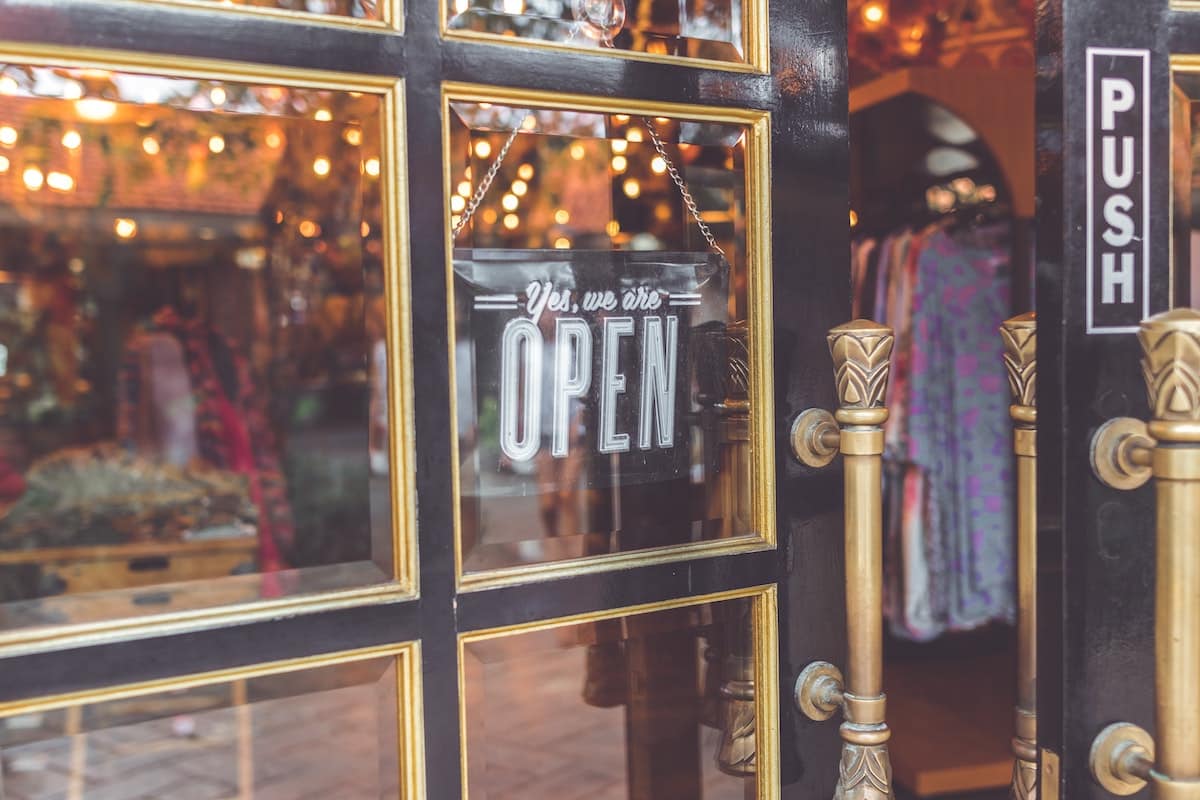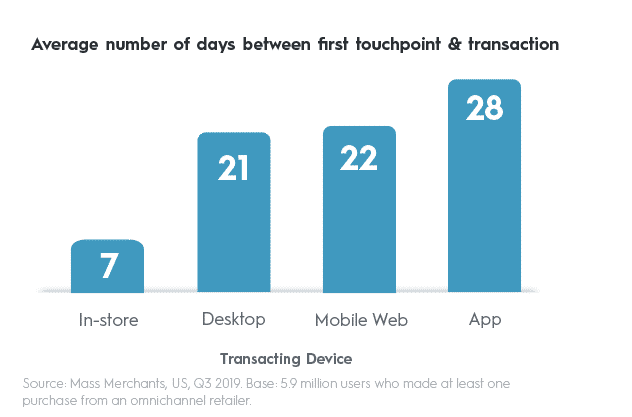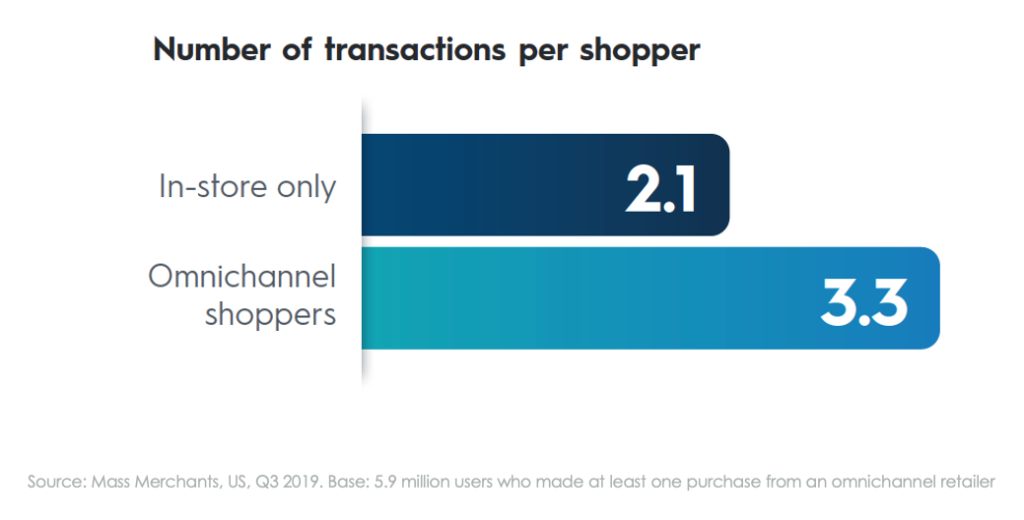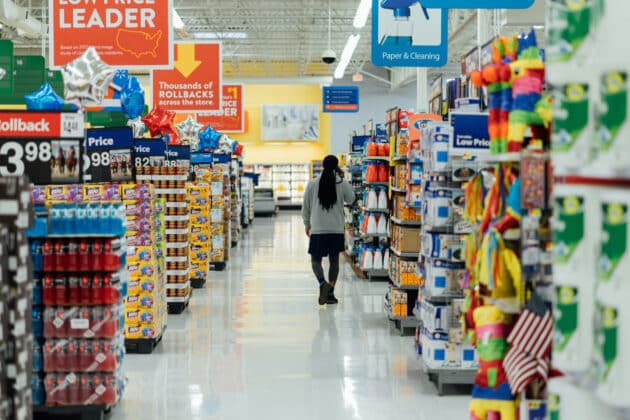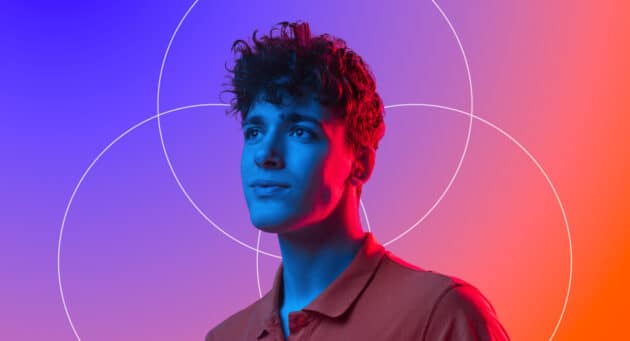Ecommerce may be growing at a breakneck speed, but physical stores are going nowhere fast — and that’s great news for omnichannel retailers. Digital-everything makes headlines, and retailers are always looking to the Next Big Channel. Is it Tiktok? Youtube? Instagram TV? The answer will change before you can swipe up.
But one thing is certain: People still like stores. Despite how quickly ecommerce moves and all the excitement around it over the past few years, in 2019, over 85% of retail sales still took place in stores. Criteo’s Shopper Story research revealed that in the US, the most important factors related to shopping in stores came down to proximity (64% cited “convenient location”) and urgency (52% named “immediate need for a product”).
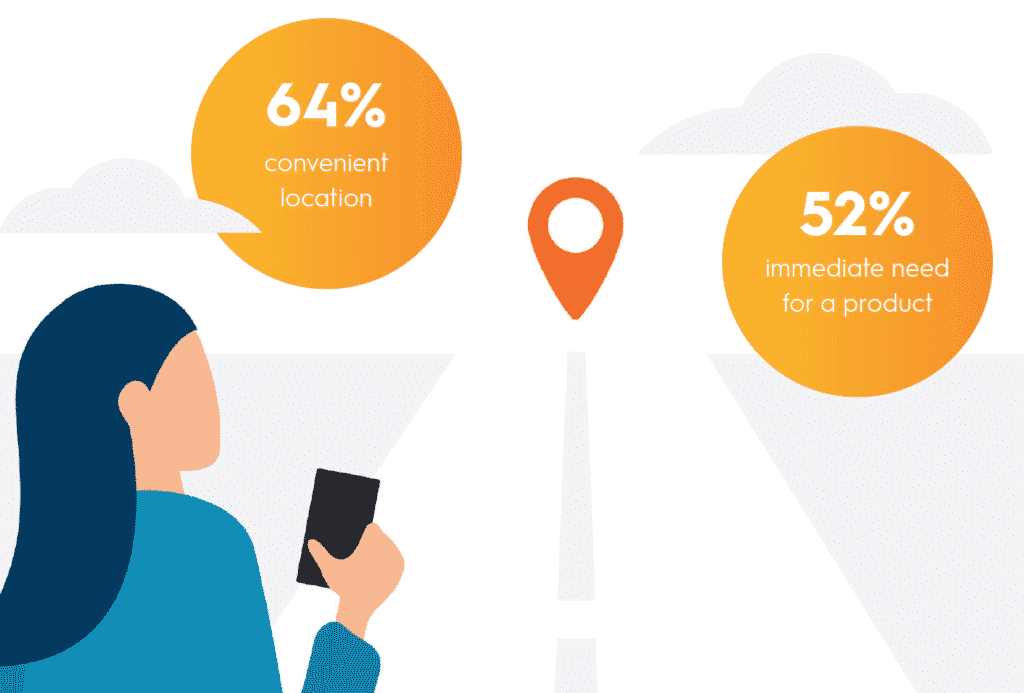
And it makes sense: When you don’t have time to wait for shipping and delivery (even if it’s free), it’s all about how quickly you can get something in your hands. However, our survey results also showed why stores still matter for reasons other than convenience.
Here are three reasons why real-life stores still matter:
1. Customer service and experience come to life in-store.
Stores are still a big foot-traffic draw — just take a look at the increasing number of direct-to-consumer businesses that started out as ecommerce pure-plays, only to open up brick-and-mortar locations to meet demand and consumer interest.
Huge success stories like these include Warby Parker, Allbirds, Sezane, Glossier, and Figs. By embracing an offline channel after success online, brands like these are able to experiment with new products in a totally immersive, experiential environment.
Furthermore, stores can often provide an in-real-life experience that no digital channel can touch. Among our US respondents who were asked why they visit stores, 3 in 10 cited knowledgeable sales people (31%) and better ways to try the products (30%):
When asked, “What makes you more likely to shop in the physical store of a retailer or brand”:
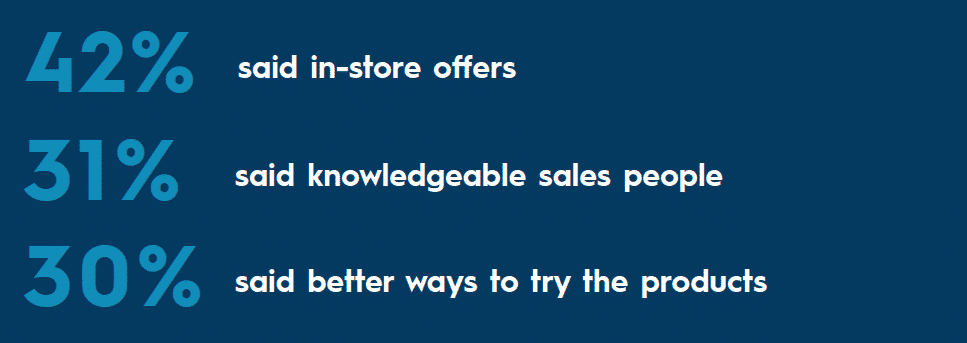
2. All generations still enjoy shopping in stores.
According to our research, over half of US shoppers (52%) look forward to shopping in stores when they have the time. Consumers enjoy buying on both digital and physical channels, and their preferences are based on their priorities.
When we break it out by age groups, we see that in the US, Gen Z and Millennials actually like to shop in stores more than older generations. At the same time, Gen Z and Millennials are also more active in online shopping than older generations.
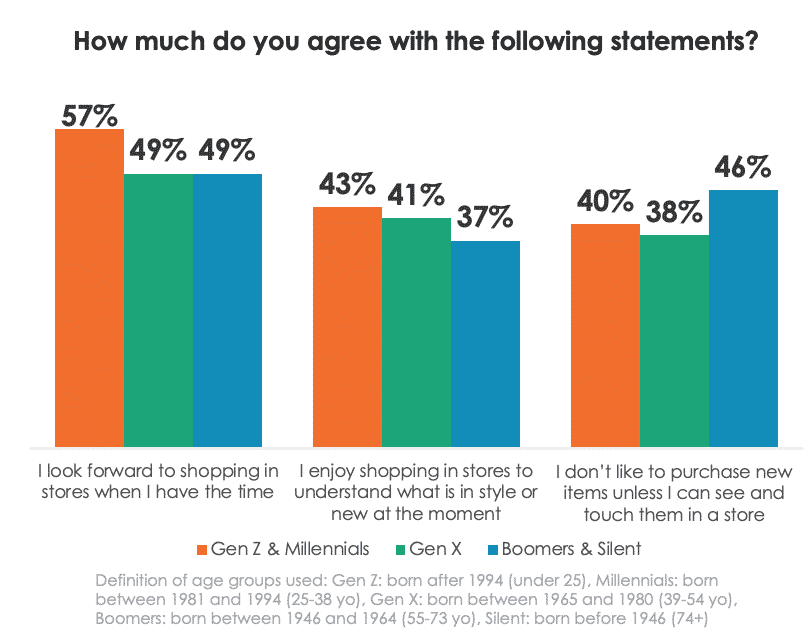
3. In-store shopping conversions happen faster.
Criteo data shows that the average time between the first touchpoint and a transaction is 7 days when the transaction ends in-store, versus up to 28 days when a transaction ends online. That means ecommerce shoppers can take up to a full four weeks to finally buy the perfect product for their needs, while their in-store shopping counterparts convert in just one week.
Bridging Online & Offline Gaps
While much has been said about the “death” of stores, we found stores still offer a lot of value to consumers and retailers that can’t easily be replaced by digital channels. Omnichannel shoppers, who buy both in-store and online, are even more valuable to retailers.
Criteo data shows that over a 3-month period:
- In-store only shoppers made, on average, 2.1 purchases, compared to 3.34 purchases for shoppers who also visited the store’s website
- 63% of omnichannel shoppers made 2 or more purchases, versus just 44% of in-store only shoppers
The real challenge today is to combine both online and offline data, so as a shopper’s path to purchase moves between in-store and online, retailers can ensure a personalized journey from start to finish.
With Criteo’s Omnichannel Products, you can connect someone’s real-world activity with their digital behavior to deliver even more relevant ads that grow sales on all channels.
To learn more, download our Shopper Story report:






